Topics:
Never Miss a Beat - Get Updates Direct to Your Inbox
FILTER:
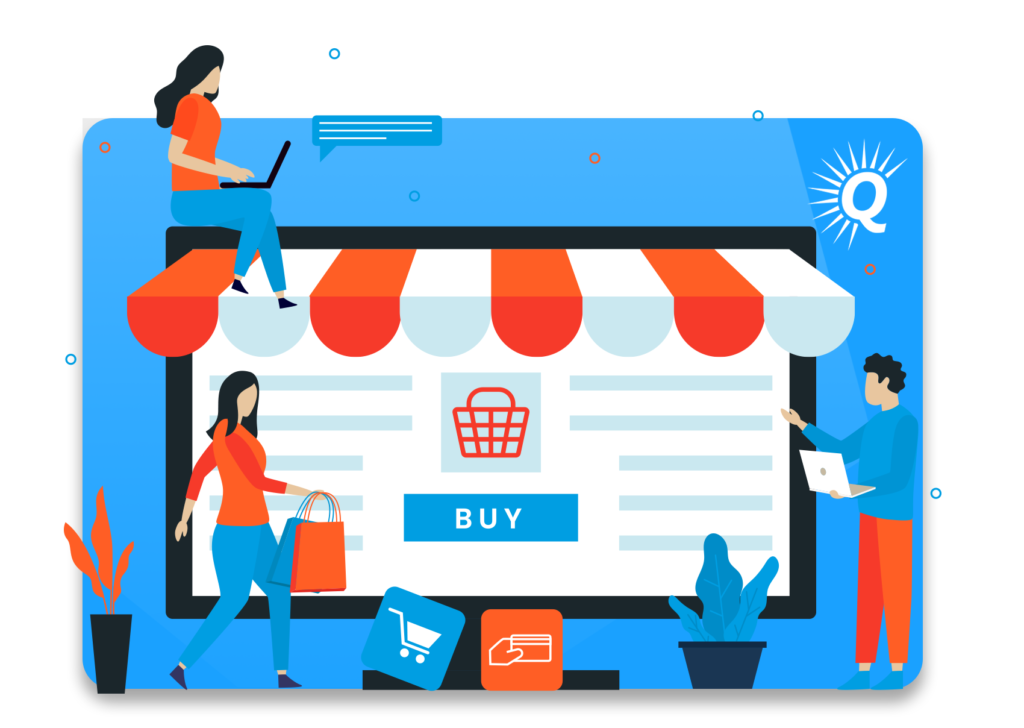

How to Start an Amazon FBA Business On a Budget: Helpful Tips
By Quiet Light
Amazon FBA represents a goldmine business opportunity for entrepreneurs at almost any level. According to a Wyatt Investment Research article, the platform has helped to create over 40,000 millionaires, and that number is expected to continue rising.
With a behemoth market of loyal customers, unparalleled logistics systems, and an easy-to-use seller interface, Amazon removes many of the most challenging hurdles to starting a new business. Not only does this save significant time and energy, but it also makes it extremely affordable to launch a new venture.
In order to provide the most complete, up-to-date information on how to start an Amazon FBA business on a budget, we reached out to a true expert—Steven Pope from My Amazon Guy.
Steven has coached many entrepreneurs along their journey to success, and we’re thrilled to be able to share his knowledge with you here. Below, we’ve broken the subject down in a few core sections.
As you’ll see, the first few sections are dedicated to explain how the Amazon FBA business model works. In the later ones, we delve into how to start an Amazon business with limited funds.
Related Articles:
What You Need to Know to Start an Amazon FBA Business
5 Profitable Digital Products You Can Sell On Amazon
How to Sell My Amazon Business for Maximum Value
How an Amazon FBA Business Works
Let’s start with the most basic question…
What is Amazon FBA?
Almost everyone knows that Amazon has an impeccable system of getting packages to your front door, but many people don’t really understand what’s happening behind the scenes.
FBA stands for Fulfillment By Amazon, and it is the process by which the company:
- Receives and holds inventory.
- Prepares shipments.
- Sends orders to customers.
- Processes returns.
To do all of this effectively, Amazon has a large chain of fulfillment centers all around the U.S., as well as several other countries. Within each warehouse is stored tens of thousands of SKUs that are all managed by complex logistics systems that employ both people as well as robots.
If you’ve shopped on Amazon, you’ve probably noticed that many products are sold by third-party sellers but “Fulfilled by Amazon.” This means that the third-party business you’re buying from is the owner of the item, but Amazon is the one holding it in their warehouses and shipping it to the customer as opposed to other methods like drop shipping or a 3PL.
From the customer’s perspective, this makes it very easy to look at products from many different brands in one consolidated place — the Amazon platform. Instead of going to the Nike, Adidas, and Reebok websites to shop for shoes, customers can simply go to Amazon to examine different products side-by-side before making a purchase.
From a business’s perspective, FBA makes it possible to start a profitable Amazon business without needing to hold inventory or ship orders to customers. Basically, as a business owner, you get to focus on other things and leave order fulfillment to Amazon.
Amazon Business Opportunities
According to Steven, there’s never been a better time to sell on Amazon.
In addition to the obvious advantage of not needing to worry about fulfilling customer orders yourself, there are a number of additional benefits of using Amazon FBA. Some of these include:
- Access to millions of customers shopping on the Amazon platform.
- Leveraging Amazon’s credibility to help you sell successfully.
- Easy-to-use tools for building high-quality listings.
As we’ll explain, these benefits that Amazon provides can save you a lot of money when you’re preparing to launch a new business.


When you’re starting a business not on Amazon, one of the first big obstacles is finding customers. Of course, no-one knows about your brand when you’re just starting out, so more-than-likely you’ll need to spend a lot of money on advertising and marketing to get people to your new business’s website.
On the other hand, when you launch your business on Amazon, you immediately have access to the company’s massive market. With over one hundred and fifty million Amazon Prime members worldwide, it’s safe to say that Amazon has a strong base of loyal customers.
Instead of needing to drive all of your own traffic from various sources, you can tap into Amazon’s existing network of active shoppers. While some categories certainly perform better than others, there is no shortage of high-volume search terms on the platform.
Buy a Profitable Online Business
Outsmart the startup game and check out our listings. You can request a summary on any business without any further obligation.
In addition to providing enormous traffic, Amazon offers another very important element — credibility and consumer confidence.
On private ecommerce websites, sellers often encounter doubt and skepticism from potential customers. Even if a customer likes your Amazon product, there are a host of questions that will likely run through their mind before clicking the “Buy” button.
“How long will this product actually take to ship? Will I be able to return it if I don’t like it? What if this company is a scam or their products are poor quality? Will they try to steal my credit card information?
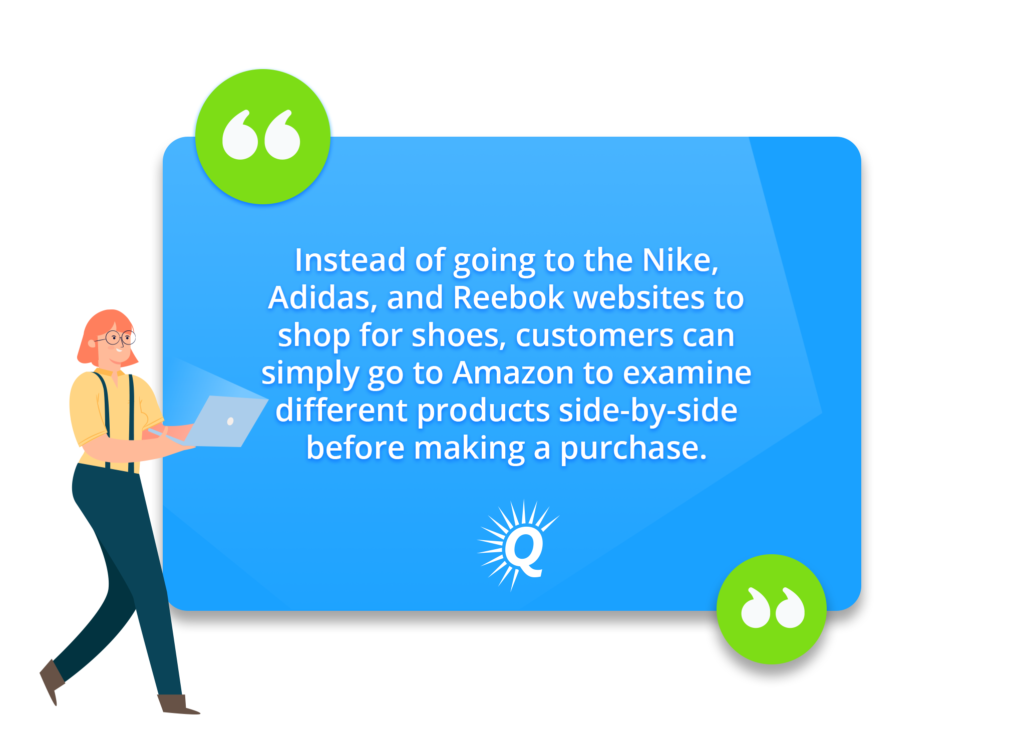

These are all valid questions. Afterall, there are a lot of scammy websites out there.
On Amazon, customers don’t have these concerns. Customers know that when Amazon is handling an order the shipping is quick, the returns procedure is easy, and customer service is reliable.
Without ever having encountered your business or what you have to offer, they will trust it because they trust Amazon.
Lastly, Amazon provides sellers with simple yet powerful tools for building high-quality listings within the Seller Central account. This means that you don’t need to bother with spending thousands of dollars or countless hours building an ecommerce website and sales process. Instead, you can simply upload your photos, write your descriptions, and list your products for sale.
Need a Loan to Buy an Amazon Business?
Visit Our Partner Page to Learn About the Many Acquisition Lending Options Quiet Light Clients Have Worked With Over the Years
What You Need to Start an Amazon FBA Business
When thinking about starting an Amazon business, new sellers will inevitably want to know what it takes to break into the Amazon marketplace.
To launch a new FBA business, new sellers will need to complete the following steps:
- Document a clear strategy
- Create an Amazon Seller Account
- Source a winning product
- Determine a budget
- Advertise and grow
We’ll cover the first bullet and part of the second in this section. The following two bullets will be discussed later in this post.
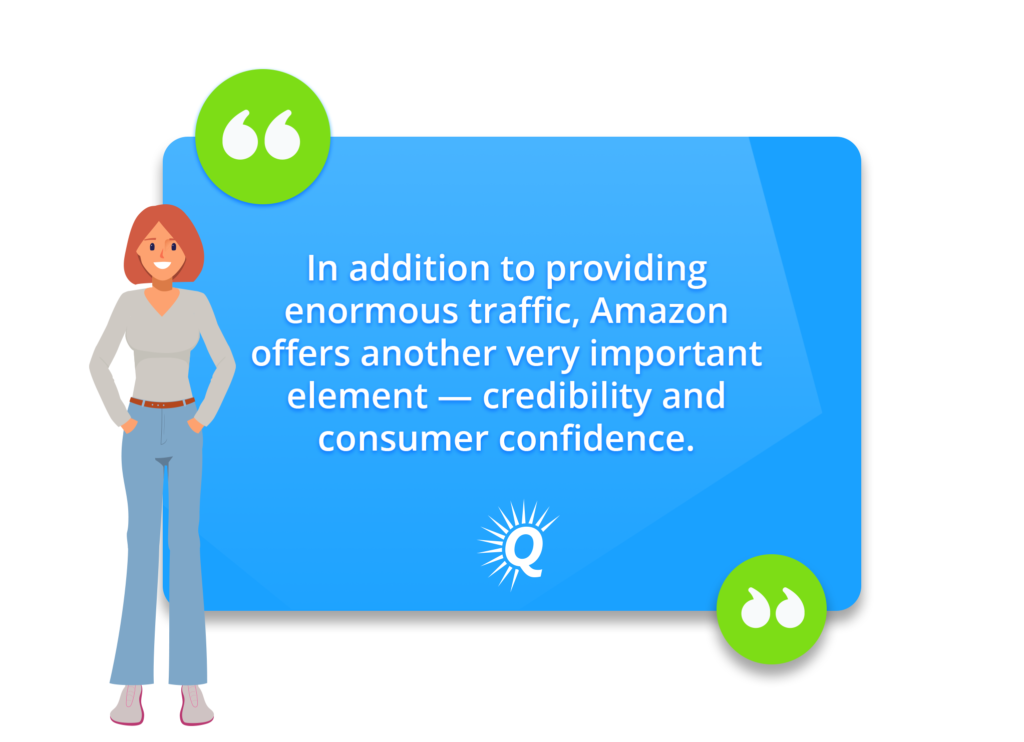

Before ordering inventory and rushing into the Amazon marketplace, it’s critical that you consider the pros and cons of various choices and devise a clear strategy that matches your goals. By doing so, you’ll be able to create a set of priorities that can guide all of your business decisions.
One of the crucial questions to ask is: are you going for super-fast growth, or are you seeking to be profitable as quickly as possible? An entrepreneur with a large budget might feel comfortable investing heavily in multiple SKUs without seeing a return for several months or even longer.
On the other hand, a brand new Amazon seller with limited capital might need to choose products that are likely to be profitable much more quickly. Most sellers are somewhere in between the extremes of valuing only growth or only immediate profit. It’s important for each individual to make their own choice about what their goals are for their FBA business.
Connected to the previous point is the decision to either launch a completely new and innovative product (Gen product), or offer one that is similar to what is on the market to satisfy existing demand.
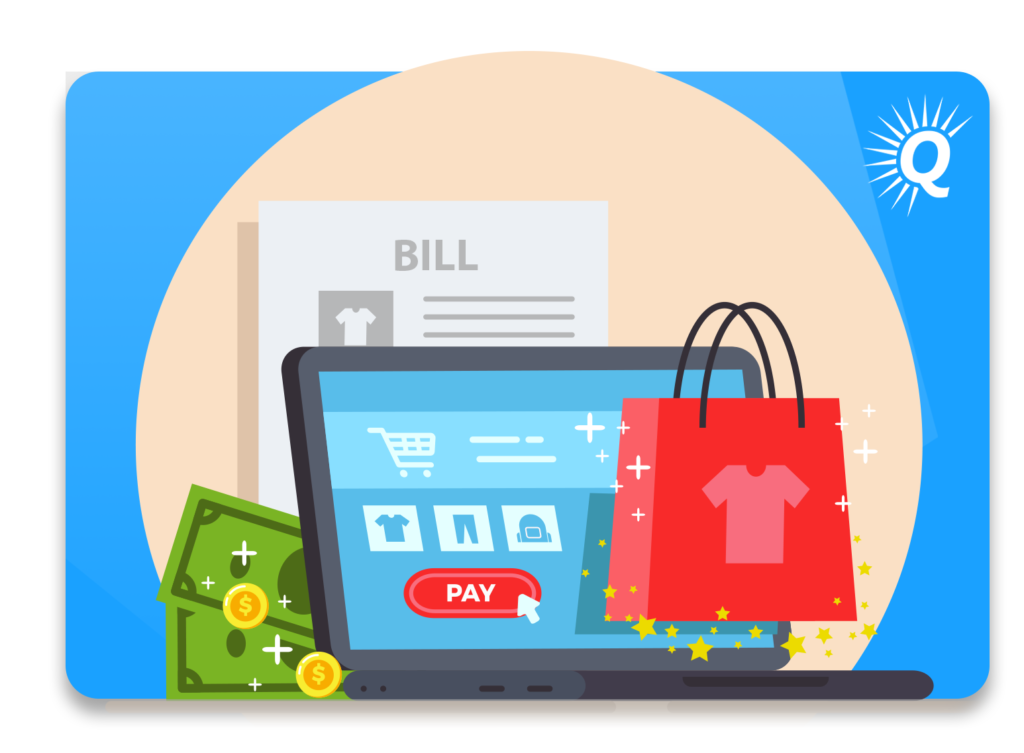

If you decide to go the Gen product route, you should expect to encounter higher product development costs and greater initial marketing efforts to get your product off the ground. However, if your Gen product is successful, it could make millions, since you’ll have less competition. It’s estimated that only about one in twenty Gen products end up successful.
Products that are similar to those that already exist are often referred to as co-opt products, because you’re co-opting proven demand that you’ve already determined through Amazon market research. For a new Amazon seller (and even for experienced ones), this is usually what makes the most sense.
In other words, it’s often most effective to develop a product that is similar to those that are already selling well since you know there is likely to be a strong market for your product also. Also, forecasting your product’s performance is typically much easier when you’re entering an existing market.
Most Profitable Amazon FBA Business Ideas When Starting with a Small Budget
The process of identifying profitable, low-cost product opportunities is simple yet nuanced. The general steps include:
- Validate market demand.
- Make sure the competition isn’t too fierce.
- Make sure your product sourcing cost is within your budget.
- Make sure your product will be profitable.
- Find a way to differentiate your offer from the competition
Let’s explore each of these in greater detail.
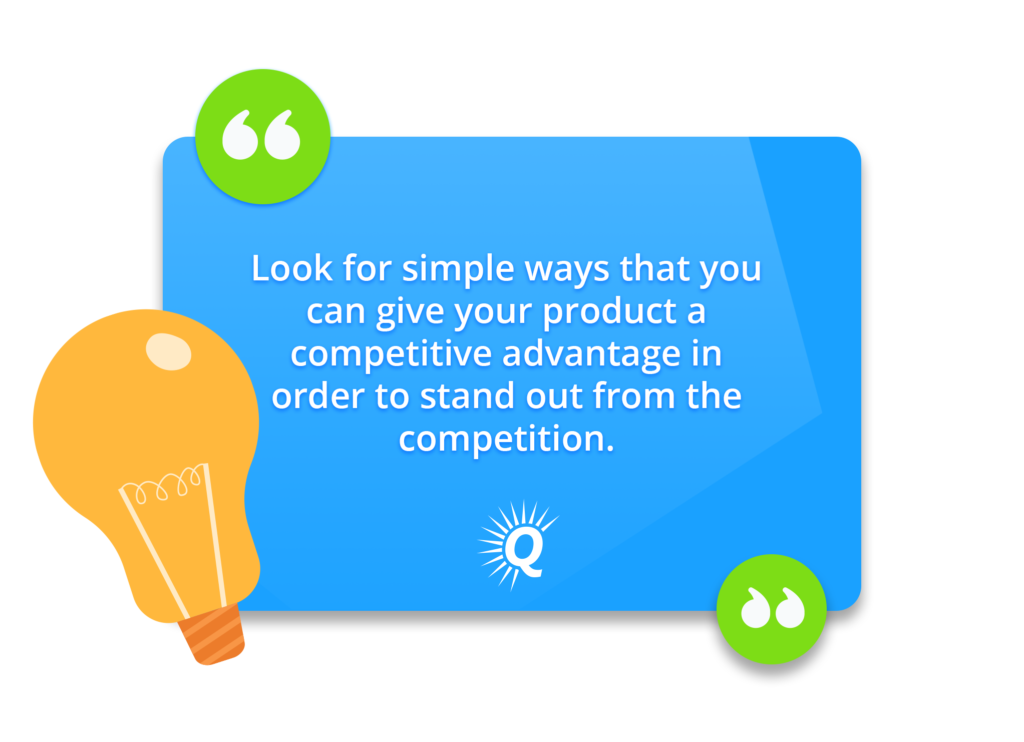

Validate Market Demand and Explore the Competition
In the previous section, we mentioned that it’s generally easier and less expensive to launch a product that is similar to those that are already selling well. For example, if kids watches are selling thousands of units per month and there isn’t a lot of competition (more on this below), there’s a good chance that you’ll be able to sell a similar kids watch successfully also.
So, how exactly can you validate the demand for a given item on Amazon?
In response to Amazon sellers’ desire for market data, several companies have developed tools to satisfy this need in the form of software. Some of these include Jungle Scout, Helium 10, and Viral Launch.
Each of these software services performs a similar function: they gather and present information about almost all Amazon products including their sales volume, number of reviews, and monthly revenue. Some of these softwares can even tell you products’ seasonality, sales trends, review rates, and more.
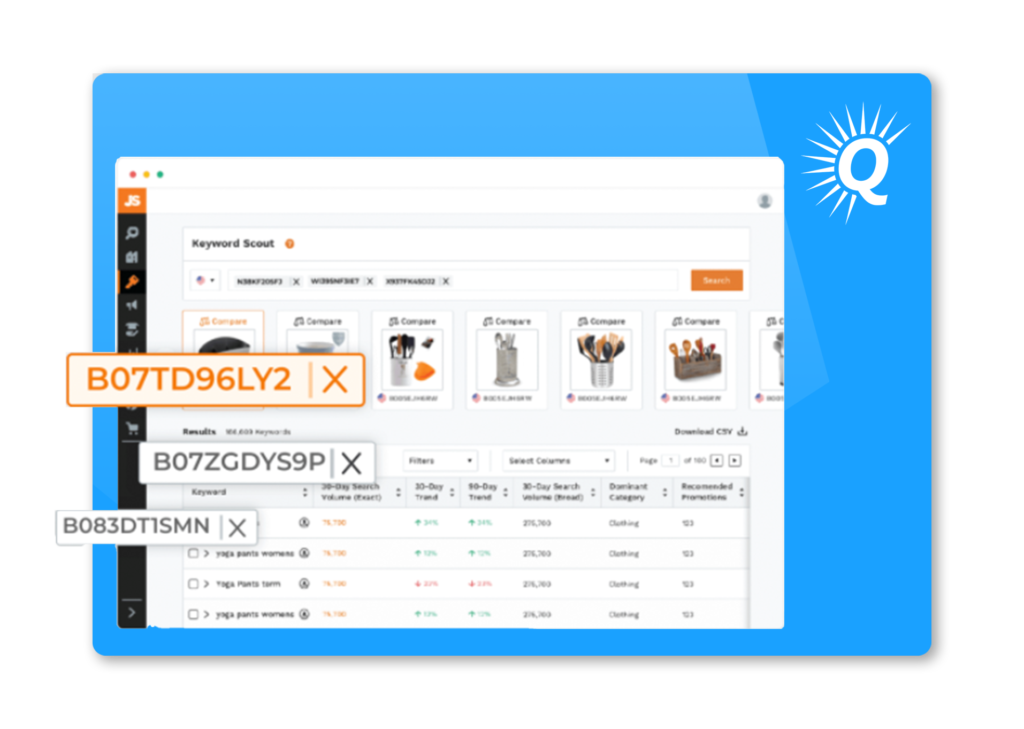

This allows sellers to look at clear, well-organized information about the exact demand and competition within a particular product search. If you search for a product and see that the average listing on page one is selling 2,000 units per month and only has 15 reviews, it might be a winner…
Source Your Product and Determine Its Profitability
After determining that there’s adequate demand and little enough competition, it’s time to source the product and figure out if the numbers are right.
Alibaba is the ultimate sourcing platform for both small businesses and large corporations alike. You can think of Alibaba as the Amazon for business. Even without previous online experience, you can request quotations from several different suppliers for just about any product you can imagine. This makes it easy and straightforward to figure out what your product cost would be if you decided to move forward.
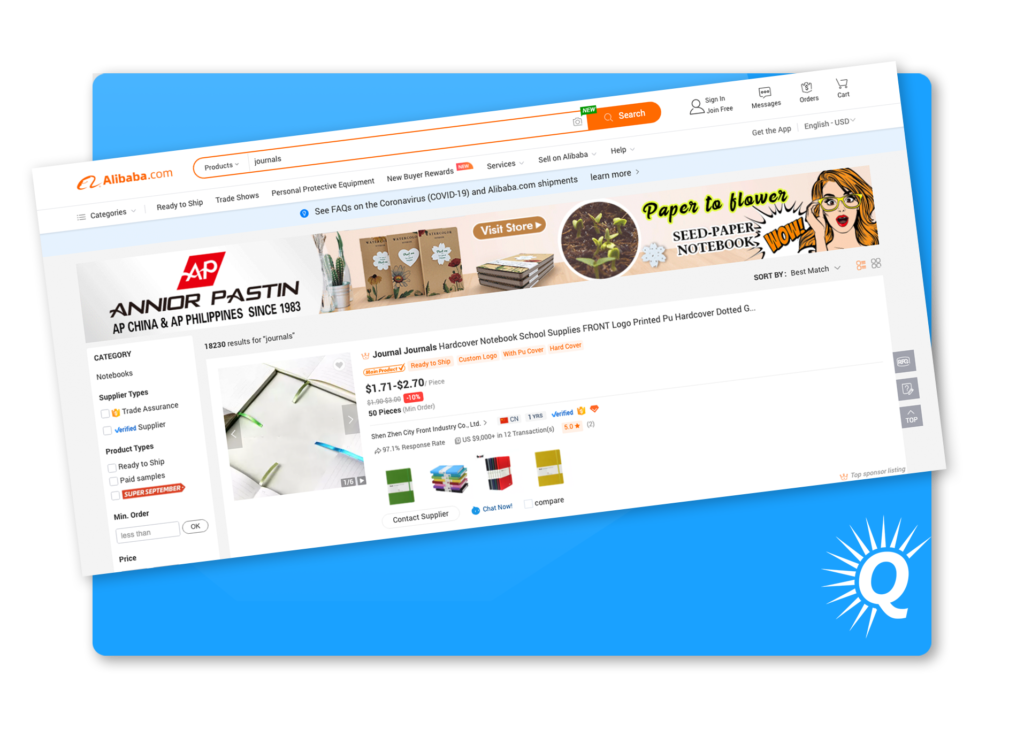

After determining your product cost, it’s time to compare that to the average prices listed on Amazon. By calculating the margin between the sourcing prices and selling prices for various items, you can determine which one’s to avoid and which ones look like profitable products.
For example, if an item costs five dollars to source but only sells for eight dollars on Amazon, you likely won’t be able to make much (or any) money. However, if you can source one for two dollars and sell it for fifteen, you’ll have a good chance of launching a profitable product.
Make Sure Your Product Idea Falls Within Your Budget
In addition to making sure that your product selection can be profitable, it’s also important to make sure that it falls within your budget. Even a good product idea can be prohibitive if the required start-up capital exceeds your budget. Of course, each person has a different budget, so this determination must be done on an individual basis.
It’s important to mention that there will be several other start-up expenses in addition to sourcing your product. More than likely, you’ll want to pay for professional product photos, offer promotions, and run advertising campaigns to generate sales. We’ll talk a bit more about budgeting for these expenses later in this section.
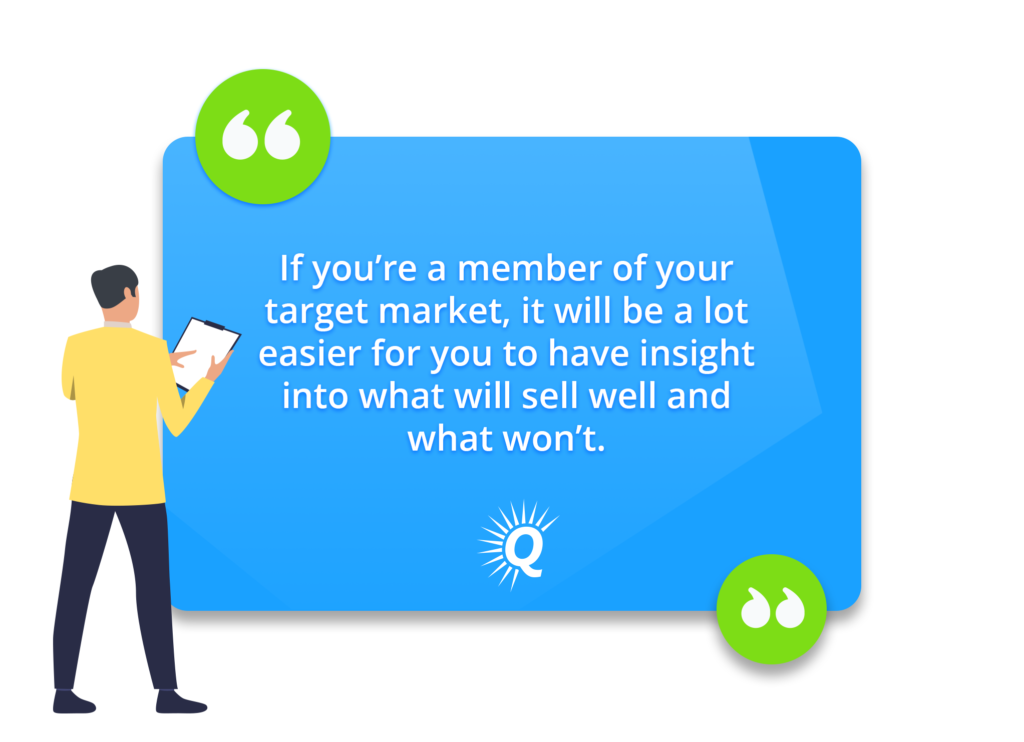

Differentiate Your Product
Emulating other businesses’ successful products is a good place to start, but you shouldn’t stop there. Once you’ve found a competitor’s listing that is selling well, you should try to find a way to improve upon what already exists in the Amazon marketplace.
Offering a superior product doesn’t mean you have to reinvent the wheel. Rather, look for simple ways that you can give your product a competitive advantage in order to stand out from the competition.
One way to do this is to read your competitors Amazon reviews, especially the negative reviews. If there are recurring complaints about a specific characteristic of their product, think about what you can do to address the issue.
Let’s say you’re going to sell yoga mats. Before sourcing your first product, you’re going to want to look at the top sellers in that category and try to identify the primary areas of customer dissatisfaction. Perhaps you’ll learn that customers find the mats to be stinky, overly slippery, and that they fall apart after just a couple of weeks.
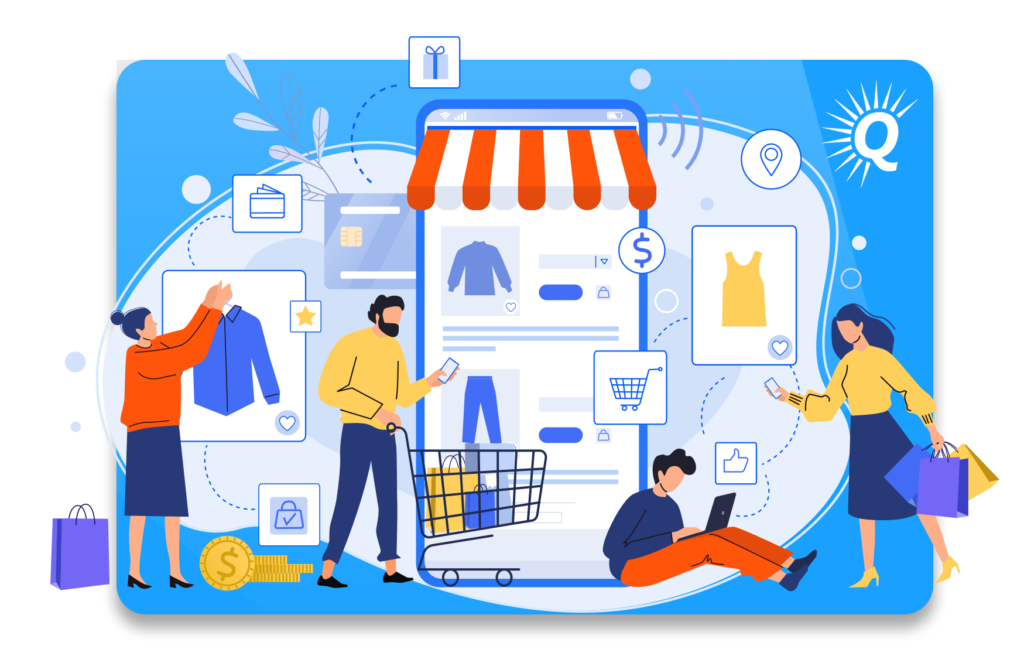

If you can launch a yoga mat that solves these three problems, you’ll increase your chances of succeeding with your new product.
While doing thorough market research and developing a high-quality product can maximize your chances that things will go well, there is no guaranteed way to ensure success. According to Steven, for every three products launched, one will succeed, one will break even, and one will fail.
Additional Product Development Guidelines
In addition to the suggestions mentioned above, there are a few additional tips that can be helpful when you’re sourcing products.
- Avoid technology products.
- Be aware of the tradeoff between low-cost and competition.
- Order product samples before launching.
- Set aside at least 30% of your budget for marketing.
- Listen to your gut instincts.
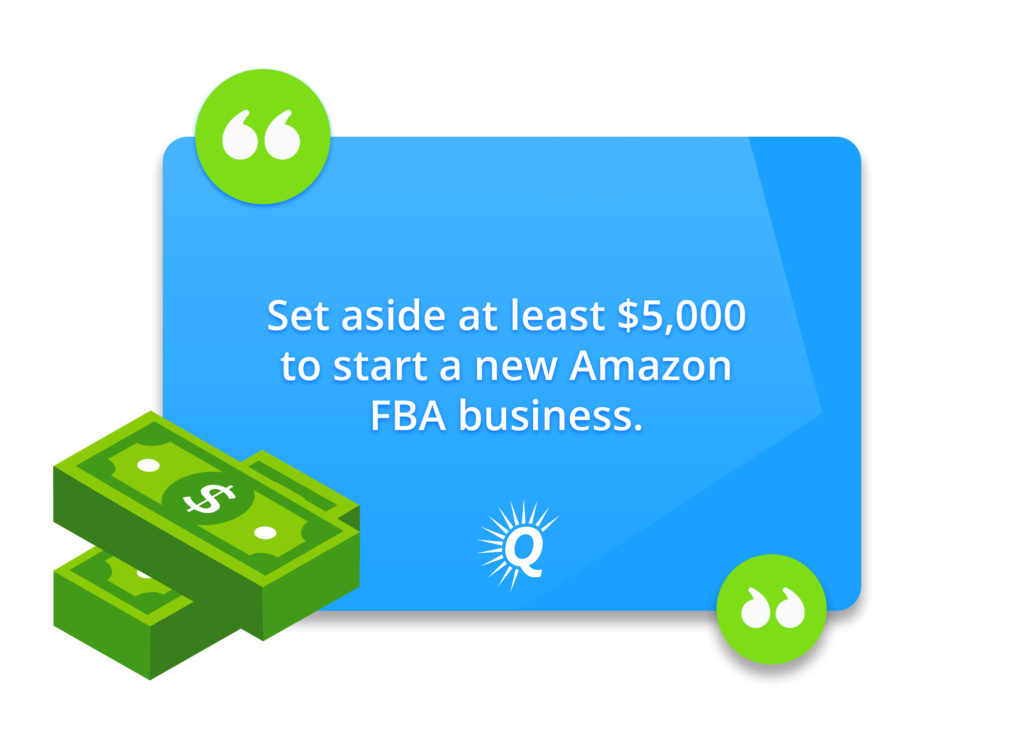

It should be no surprise that technology products have an additional layer of complication compared to non-electronic products. In addition to the significant breaking potential, it’s also inevitable that a certain percentage of your customers will be confused and have constant questions.
Not only can these create headaches, but also a lot of returns, poor reviews, and customer support inquiries.
It’s also not surprising that product categories that are less expensive will generally have more competition than those that are pricier. While it’s great to have a product that costs a dollar per unit to produce, you have to be prepared to face many other sellers who are also attracted to the cheap start-up costs of that product.
Thinking of Selling Your Business?
Get a free, individually-tailored valuation and business-readiness assessment. Sell when you're ready. Not a minute before.
Launching a more expensive product will obviously require more start-up capital, but you’ll also be able to enjoy greater defensibility against other sellers since many of your potential competitors will be unable or unwilling to invest in competing products. There’s no one-size-fits-all answer to the question of whether you should launch a less expensive or more expensive product. It all comes back to your budget and goals.
Regardless of what you choose to sell, it’s important to order product samples before launching. Without receiving samples from your supplier and thoroughly testing them, you’ll risk purchasing low-quality products that completely kill your listing.
The last piece of advice may surprise some people, but Steven recommends listening to your gut instincts when it comes to making decisions about a new product launch.
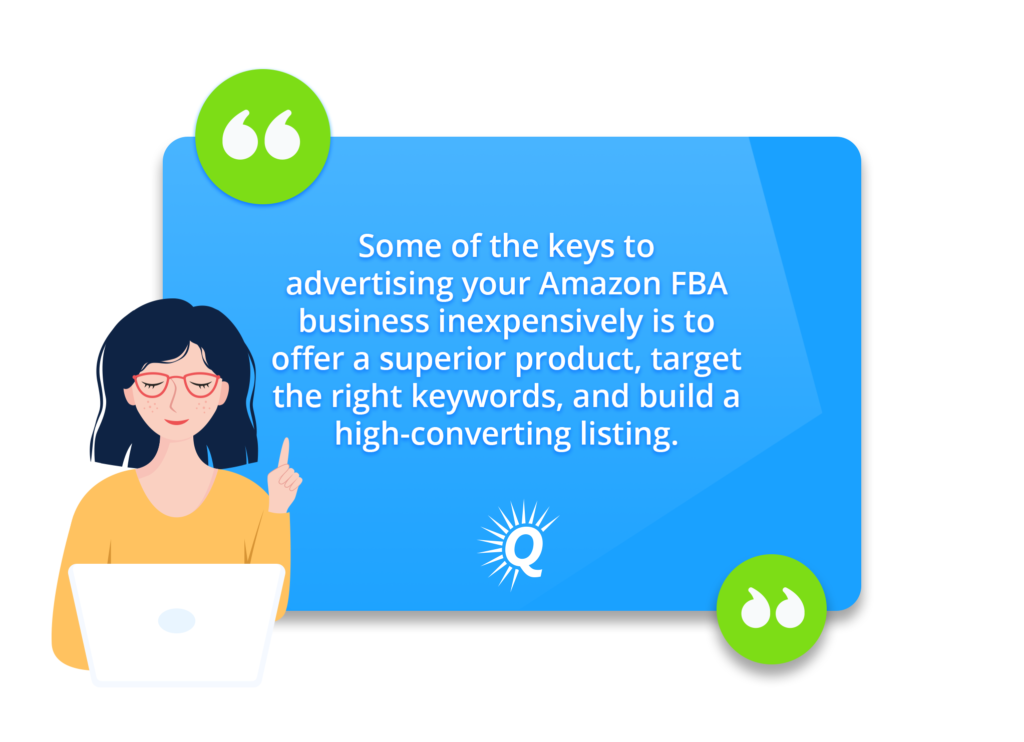

Going by feel doesn’t mean you throw out all of the data-driven advice we’ve shared thus far. Rather, it means using the numbers to narrow down your product selection, and then using your gut instincts to arrive at a final decision.
Even though software is extremely valuable for extracting crucial information from Amazon and presenting it in a clear format, it still isn’t very useful for understanding the nuances that go into a listing’s success. In many cases, your own knowledge of your target audience will be far more helpful than any technology-driven tool can provide.
Using your instinct is especially valuable when you are familiar with the market. If you’re a member of your target market, it will be a lot easier for you to have insight into what will sell well and what won’t. Sometimes, there is a limit to how much guidance data can provide, so it’s always wise to also consider your own judgment in the process.
How Much Money Do You Need to Start an Amazon Business?
For some aspiring Amazon FBA sellers, it all comes down to one fundamental question: How much money do you need to start an Amazon business?
One Amazon seller may spend $3,000 while another may invest $50,000. As we mentioned earlier in the post, your budget will largely determine which strategy is best for you.
Steven recommends setting aside at least $5,000 to start a new Amazon FBA business.
Having said that, it’s important to note that having a larger budget will provide more opportunities to scale and grow quickly. Also, some sellers may choose to start with $5,000 but then add to their investment once they see that progress is being made.
In addition to the start-up capital required to get your new Amazon FBA business off the ground, it’s important to consider when you’re going to start taking money out of your business. For example, if you’re relying on your Amazon business to pay your rent and other expenses, that is going to significantly decrease the money you have available for reinvestment and growth.
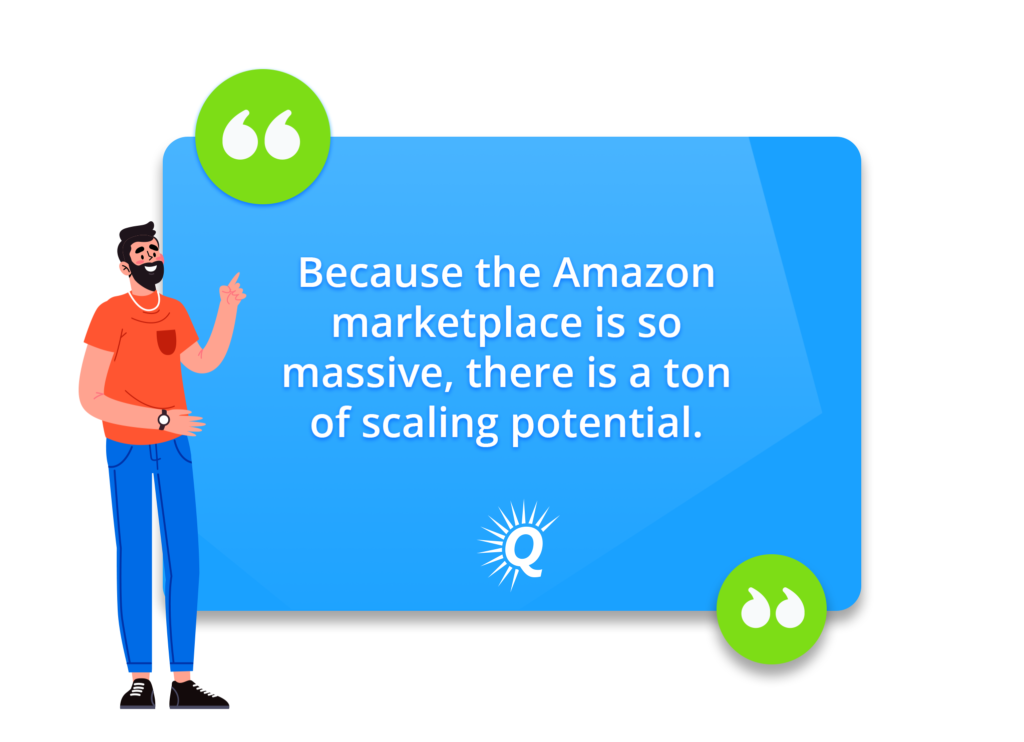

In general, it’s recommended that you don’t view your Amazon FBA business as a short-term cash flow machine. Rather, it is best to build your business while you still have another source of income that can cover your living expenses. Only once your Amazon FBA business is thriving is it realistic to take money off the table for your own personal expenses without damaging its growth potential.
Lastly, it’s important to mention the obvious fact that an Amazon business is… a business, so it is not without risk. Therefore, if investing $5,000 (or however much you want to invest) is going to break the bank if things go badly, you may want to seriously reconsider if you’re ready to enter the Amazon marketplace.
For those who are living paycheck to paycheck, it may be wise to save up some money until investing $5,000 doesn’t feel like such a scary idea. Even though Amazon is a goldmine business opportunity, it’s important to make sure you’re ready to take the leap before you dive in.
How to Advertise Your Amazon FBA Business Inexpensively
One of the features that makes the Amazon platform so powerful for sellers is the advertising tools available within the Seller Central Account. To run successful, low-budget advertising campaigns, you’ll want to:
- Offer a superior product.
- Target the right keywords.
- Build a high-converting Amazon listing.
The Seller Central Account also makes it easy to set up advertising campaigns to attract customers who are using your product’s primary keywords in their product search.
Some of the keys to advertising your Amazon FBA business inexpensively is to offer a superior product, target the right keywords, and build a high-converting listing.
Most of the steps for creating a high-quality listing are covered above in the section about profitable Amazon business ideas. In brief recap summary: it’s important to choose a profitable product in a high-volume niche with minimal competition. Also, it’s always better if you can find a way to differentiate your product listing to provide a superior offer.
Targeting the right keywords requires that you conduct thorough research to find out what Amazon shoppers are searching for to determine where opportunities lie. If you can find high-converting keywords that your competitors aren’t successful utilizing in their ad campaigns, you’ll be in a great position to run low-cost campaigns for those search terms. The software products listed earlier (Jungle Scout, Helium 10, and Viral Launch) offer some powerful tools for doing this research.
Lastly, you’ll want to make sure that your product listing has a high conversion rate. In other words, for each one-hundred people who visit your Amazon listing, you want to make sure that a reasonably high percentage of them purchase your product.
In addition to creating a beautiful listing, you’ll also want to ensure that you’re meeting Amazon’s requirements for winning the Buy Box, which is the box on the top right corner of the product page that include the “Buy Now” and “Add to Cart” buttons. About 83% of all sales on Amazon go through the Buy Box, so getting this right is critically important.
There are a number of factors that go into winning the Buy Box including maintaining positive seller feedback, strong inventory levels, and an overall healthy Seller Account. Check out this Jungle Scout article for a more in-depth discussion about winning the Buy Box.
Steven recommends investing in high-quality media assets that help maximize the success of your conversion rate and Amazon listing. In addition to providing great product photos and well-written descriptions, he also suggests creating A+ Enhanced Brand Content (A+ EBC) and videos that can be included on your product page.
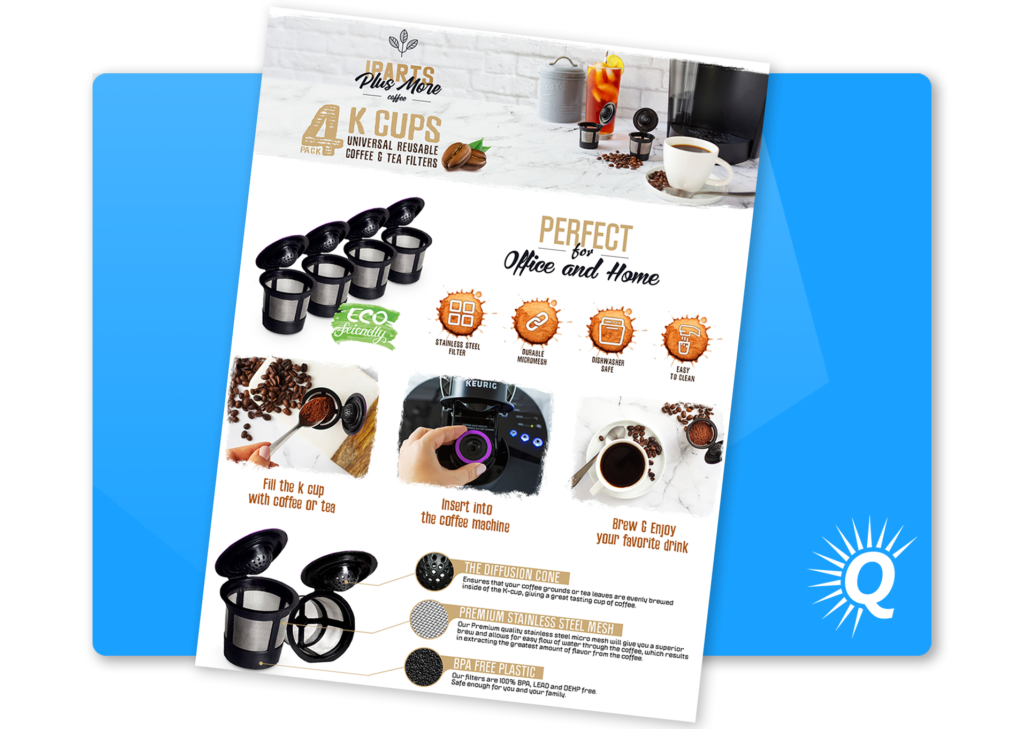

A+ EBC offers sellers the ability to showcase their product in a more detailed and rich way. This often translates into a higher conversion rate and lower acquisition cost (lower advertising expense).
In order to offer A+ EBC, sellers must first go through the Amazon Brand Registry process. Visit this page to learn more about the requirements for small businesses as well as the application process.
What is the Typical Cost of Sponsored Listings on Amazon?
Like all things in business, there is no one-size-fits-all answer when it comes to the cost of sponsored listings. Having said that, for existing listings, Steven recommends spending around 7% of your gross revenue on sponsored product ads if you’re trying to maintain your sales at its current level.
If you’re seeking to grow, he suggests spending closer to 10% of your gross revenue on ads.
If you’re just launching a new Amazon listing, it’s important to have a couple thousand dollars ready to invest in sponsored ads (this is why we recommend having at least $5,000 in your start-up budget). If you choose the right product, create a high-quality listing, and spend $1,500 on your first order of inventory, you should have a great chance of doing well if you can invest the remaining $3,500 of your budget on ads.
Not only do sponsored ads help you generate paid sales, they also help you to perform better in the organic search rankings. Therefore, you shouldn’t only pay attention to the ROI that your ads generate. Rather, you should look closely at your ad cost as a percentage of total revenue.
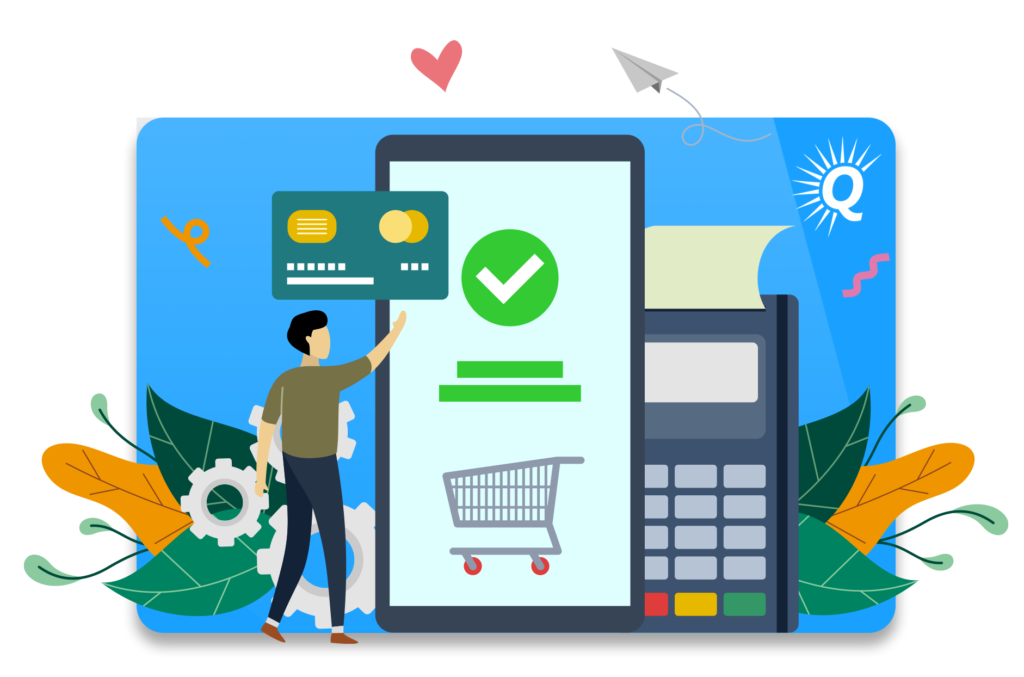

Once your product is bringing in revenue, you’ll have the chance to reinvest your profits in additional inventory and more advertising dollars. If you continue this process, you can turn $5,000 into $20,000, which you can then multiply again to reach $100,000. Because the Amazon marketplace is so massive, there is a ton of scaling potential.
Lastly, a lot of people ask about the role of social media and email marketing in growing an Amazon business. Even though these traffic sources can drive sales, it’s usually difficult to track their performance. Therefore, they aren’t typically as high-leverage on the surface, but the right campaign that goes viral can give your listing a significant boost.
A New Amazon FBA Business is Not a Passive Income Machine
We’ve talked a lot about the opportunities and growth potential that Amazon FBA can offer. We’ve also discussed how FBA can save you countless hours and thousands of dollars setting up a complex logistics system and your own ecommerce website.
With all of these services that Amazon provides, it might seem like Amazon businesses are passive income machines.
Before getting started, it’s important to accept one, necessary truth: An Amazon business is not passive income, at least not until you’ve become very successful and hired a team to manage it for you.
There are a lot of gurus out there who will try to sell you courses that promise passive income in return for a relatively modest course fee. Our advice to you: don’t trust them. We’ve seen countless entrepreneurs build and sell successful Amazon FBA businesses, but none of them did so without hard work and dedication.
While there’s no way to avoid the start-up hustle, there is a ton of support and guidance out there to help you be successful.
Whether you want assistance with your product listings, SEO, advertising, or other activities, Steven’s team has a solution that can help you out. He even offers consulting sessions in which you can ask questions and get feedback about your ideas. We’ve worked together in the past and always found his team to be professional, competent, and sincere.
The Long-Term Vision: Selling Your Amazon FBA Business
There are many reasons that starting an Amazon business is an appealing proposition — location independence, massive growth potential, the ability to be creative, and the pride of business ownership, to name a few.
There is one additional benefit that many new owners may not think about, and that is the potential to sell your business once it’s reached a certain level of success.
Now that Amazon has reached its maturity phase, both investors and entrepreneurs have realized that Amazon businesses represent great investment opportunities. For those who have built a successful FBA business, this is great news.
Today, there is a thriving marketplace for buying and selling Amazon businesses. Whether you’ve created a small store with a few products or a massive empire with thousands of SKUs, there’s sure to be a buyer out there who will be interested in acquiring what you’ve built.
At Quiet Light Website Brokerage, our team of qualified business advisors is always happy to discuss your situation and help you create an effective exit strategy. Feel free to contact us today to map out your future.
About the author: Ian Drogin is an entrepreneur and writer with a passion for helping business owners succeed. He has built and sold an FBA business, written numerous top-ranking business articles, and held multiple roles within marketing and sales.
As Quiet Light’s Content Director, Ian is intently focused on providing the most useful, up-to-date information available about buying, building, and selling online businesses. When he’s not working, Ian enjoys surfing, sailing, backpacking, and traveling.





